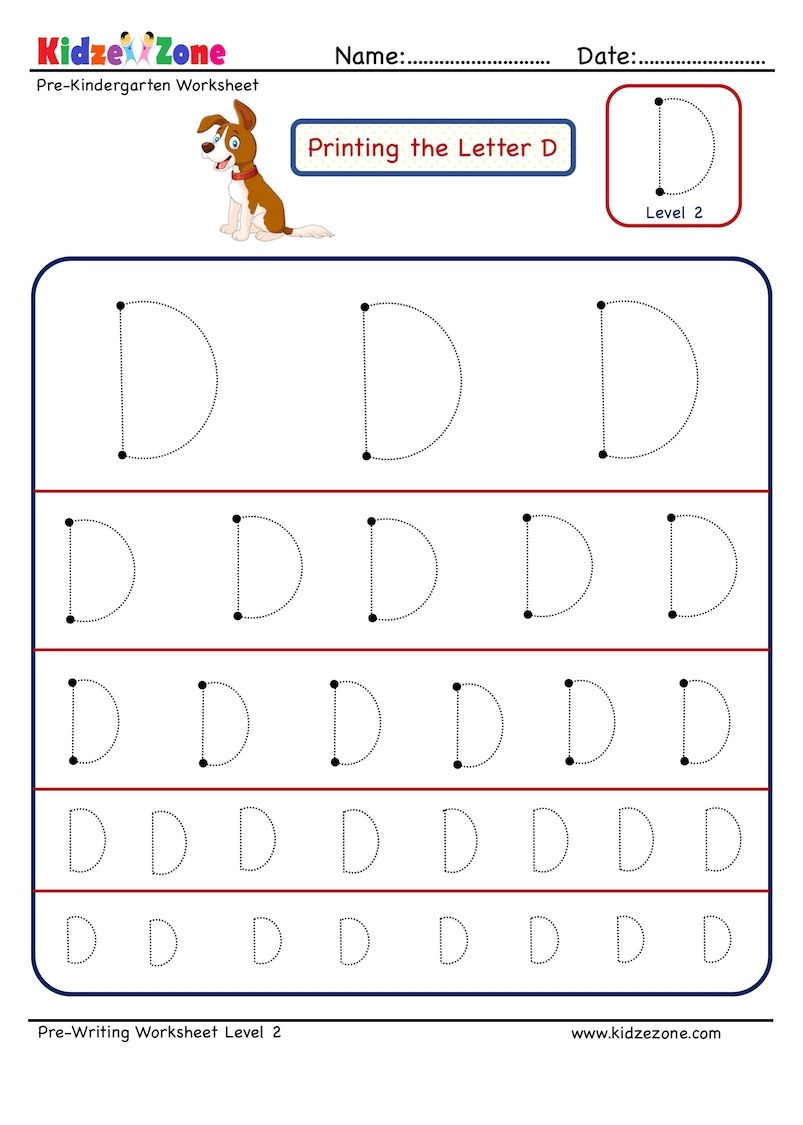Learning to write is an essential skill for children as it helps in their cognitive development and communication abilities. One of the first steps in learning to write is practicing tracing letters. Letter tracing helps children develop fine motor skills and hand-eye coordination. In this article, we will focus on tracing and writing the letter D.
Letter tracing activities can be a fun way for children to learn the alphabet. By practicing tracing the letter D, children can become more familiar with its shape and sound. This can help them recognize and write the letter confidently in the future.
Letter D Tracing and Writing
When tracing the letter D, it is important to start at the top and follow the lines in the correct order. Begin by tracing the straight line down from the top, then move to the right and make a half circle back up to the top. Finally, complete the letter by adding a small curve to the right side at the bottom. Encourage children to practice tracing the letter D multiple times to improve their handwriting skills.
As children trace the letter D, they can also practice writing it on their own. Provide them with lined paper or a tracing worksheet to guide them in forming the letter correctly. Encourage them to pay attention to the size and spacing of the letter as they write it. With practice, children can develop their handwriting skills and write the letter D with ease.
Using different materials for letter tracing can make the activity more engaging for children. Try using colorful markers, crayons, or even finger paint to trace and write the letter D. This can add a sensory element to the learning process and make it more enjoyable for children. Encourage them to get creative with their letter tracing and writing activities.
Overall, letter tracing and writing are important skills for children to develop as they learn to write. By focusing on the letter D, children can improve their fine motor skills and handwriting abilities. With practice and patience, children can master tracing and writing the letter D confidently.
In conclusion, letter tracing and writing activities are essential for children’s development. By practicing tracing the letter D, children can improve their handwriting skills and become more familiar with the alphabet. Encourage children to practice regularly and make learning fun with creative tracing materials. With dedication and practice, children can become proficient in tracing and writing the letter D.
